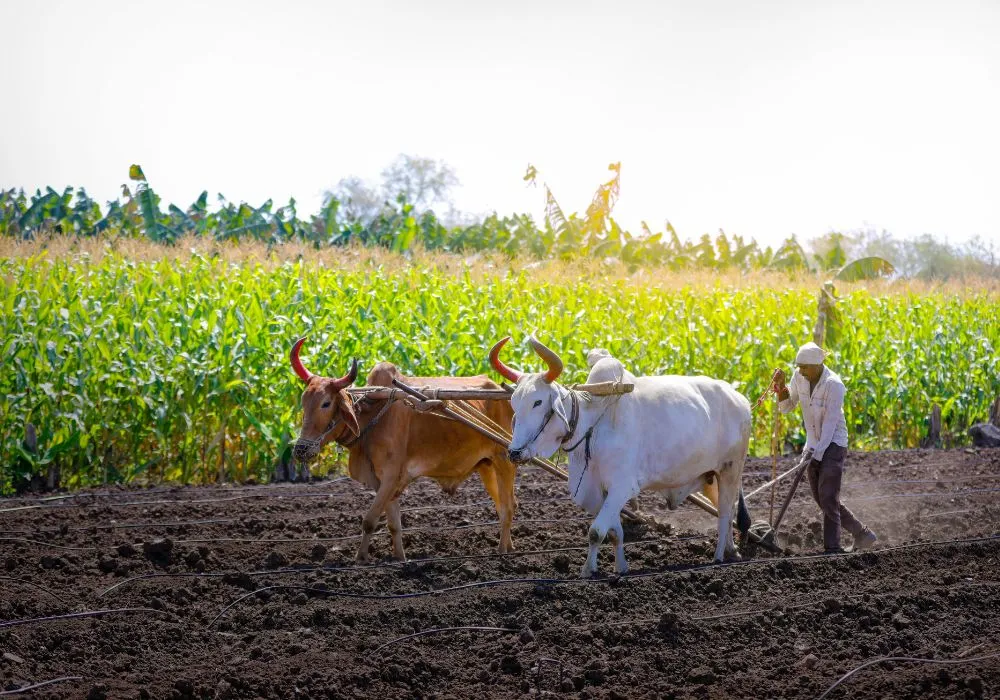Not all farmland is created equal. From the vast grain fields of the Prairies to the dairy farms of Ontario and Quebec, the type of agricultural operation a property supports is fundamental to its value and investment potential. For a prospective buyer, understanding these differences is the first step in aligning a property with your investment goals.
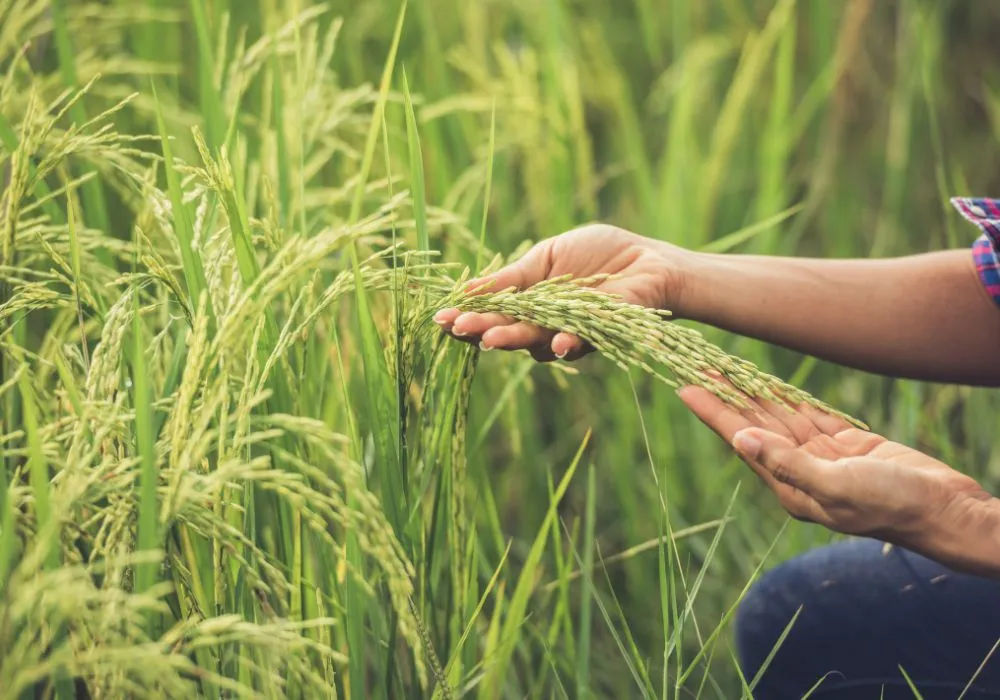
Understanding the Basics: Arable Land vs. Pasture
At the most fundamental level, farmland can be divided into two main categories:
Arable Land (Cropland): Land that is suitable for growing crops. Its value is heavily influenced by soil quality, climate, and topography.
Pastureland: Land used for grazing livestock. It is typically less fertile or has topographical challenges that make it unsuitable for cropping.
Investing in Cash Crop Farmland
Cash crop farming is the cultivation of crops grown to be sold on the market. This is the most common type of agricultural operation in Canada.
Common Crops (Wheat, Canola, Soybeans)
The Prairies are the heartland of Canada's grain and oilseed production, with wheat and canola being dominant. In Eastern Canada, corn and soybeans are major cash crops. The profitability of these farms is tied directly to commodity prices and yield potential.
Factors Affecting Profitability
When evaluating a cash crop farm, key factors include soil class (Class 1-3 being ideal), historical yields, drainage, and field size/layout for efficient use of large machinery.
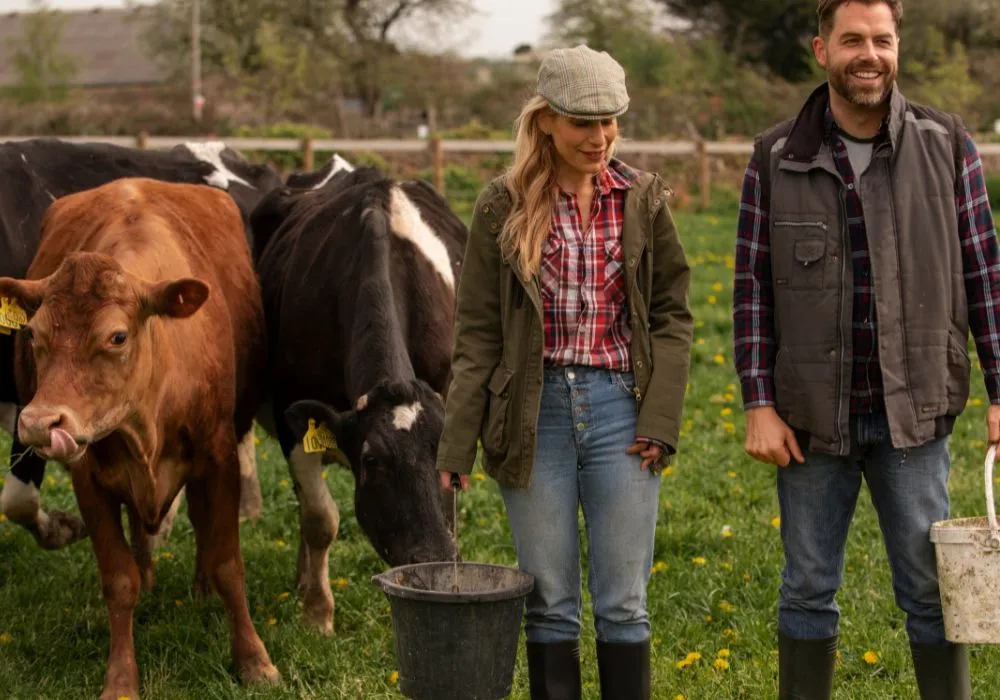
The Business of Livestock Operations
Livestock farms are centred around raising animals for meat, dairy, or eggs.
Cattle Ranches
Primarily found in Alberta and Saskatchewan, cattle ranches require large areas of pastureland for grazing. Key valuation factors include the carrying capacity of the land (how many animals it can support), water sources, and the quality of fences and handling facilities.
Dairy Farms
Concentrated in Ontario and Quebec, dairy farming is a supply-managed industry, which provides price stability. The value of a dairy farm is a complex combination of the land, buildings, equipment, and the dairy quota (the right to produce a certain amount of milk).
Poultry and Hog Operations
These are typically more intensive operations, requiring less land but significant investment in specialized barns and equipment. Biosecurity and proximity to processing plants are critical factors.
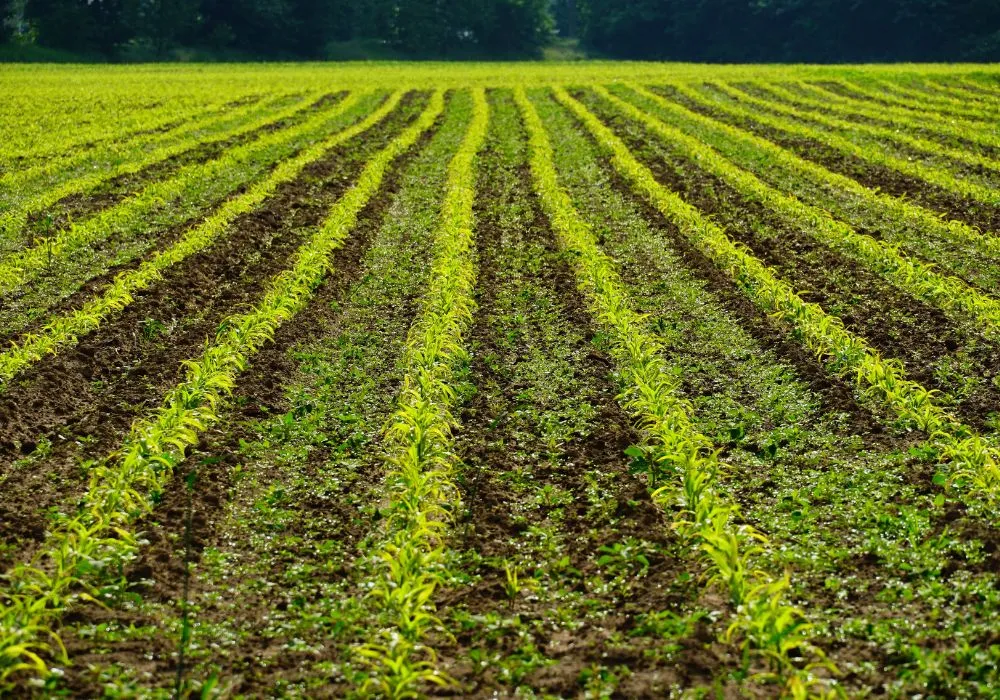
Specialty Farms and Niche Markets
Beyond the large-scale operations, Canada has a thriving sector of specialty farms.
Vineyards and Orchards
Found in regions like the Okanagan Valley in B.C. and the Niagara Peninsula in Ontario, these properties have unique climate and soil requirements. They represent a high-value, specialized investment.
Organic Farming
Organic farms cater to a growing consumer demand and can command premium prices for their products. The certification process and specific land management practices are key considerations.
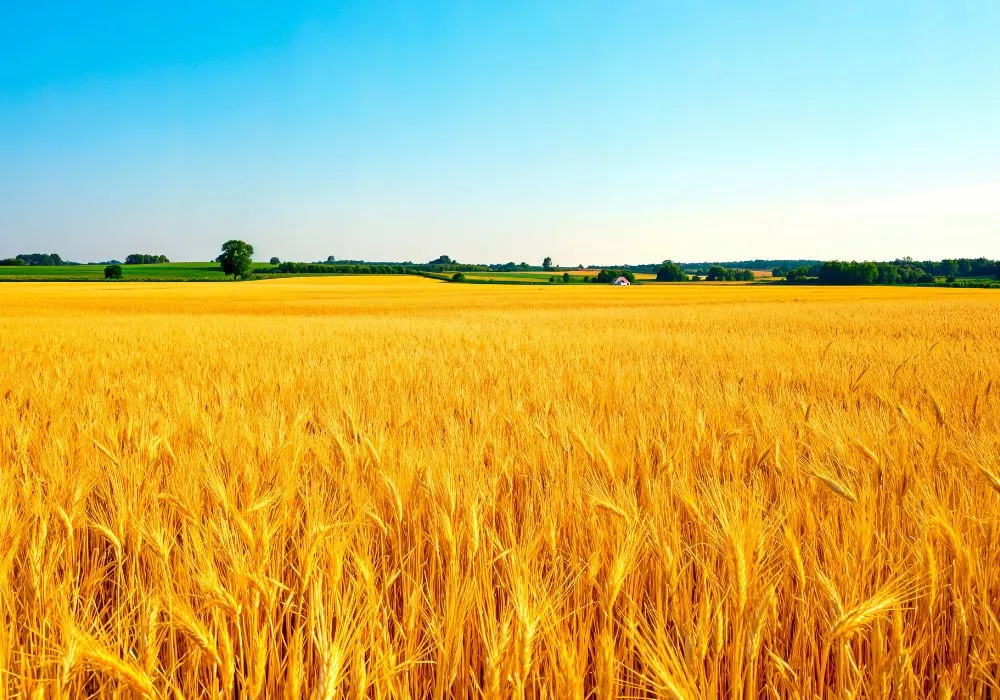
Conclusion: Matching Your Investment to the Land
Choosing the right type of farmland is a critical decision that should be based on your investment budget, risk tolerance, and management style. Whether you are drawn to the predictable returns of a cash crop lease or the hands-on nature of a livestock operation, a deep understanding of each sector is essential for success.
